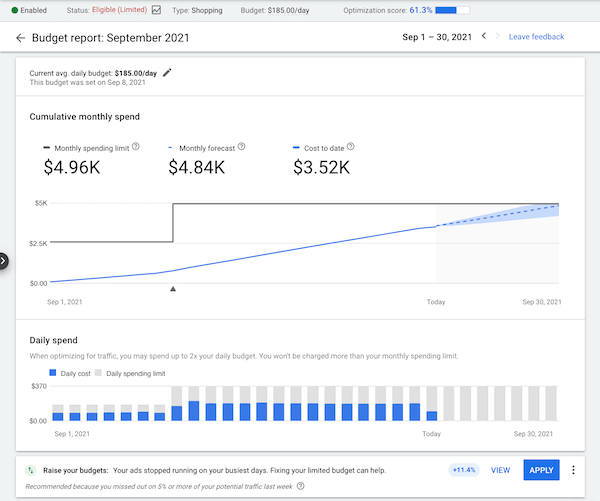The percentage decrease in CVR is rather startling when looking at nearly every industry being affected. Given the disruptions across the board with the pandemic, it’s likely that much of this is the result of the rapidly changing commercial environment. However, I don’t personally believe that is entirely responsible for the dip. So what are some other possible causes? Google expanded match types in 2021 and although that was a year prior, you may be seeing the residual effects. Broadened match types limit an account manager’s ability to tightly control which search terms are being pulled in through match types. For those using single keyword ad group strategies, this becomes a difficult thing to manage with adding negatives constantly.
What is conversion rate?
We may also be seeing long-term effects of the changes made to the search terms report which reduces the number of terms that appear to advertisers. This increases the difficulty of adding negatives as not all terms that triggered your ads will appear within the report.
You’ll want to take into consideration the level of intent behind the keywords you are targeting. This has a domino effect because it will either raise or lower the probability of the user clicking and converting on your ad.
Another key example of increased automation is the roll-out of the Performance Max campaign type. This feature allows marketers to advertise across all Google properties in one campaign. The idea sounds more like consolidation than automation but as you continue to create your PMax campaign, you realize that there is a lot more of Google “filling in the blanks” for you than having a tightly controlled campaign.
Why the low CVR?
While there are factors beyond our control at play here, there are still a few approaches you can take to increase your PPC conversion rate.
Consumers doing more research
One theory that I have revolves around the continued trend of automation in the Google Ads world. There are a few key examples that spring to mind.
Low commercial intent
Although the digital landscape is rapidly changing, many of the same core conversion rate optimization principles apply. You’ll always want to align intent with a relevant ad and subsequent landing page. But as I mentioned above, there is more to CVR than just landing page optimization. You’ll want to ensure that the user’s entire journey from search to ad to landing page is fully optimized. This requires mapping out your customer journey, constantly gathering customer insights, and using your data to identify key touch points, pain points, drop off points, and more.
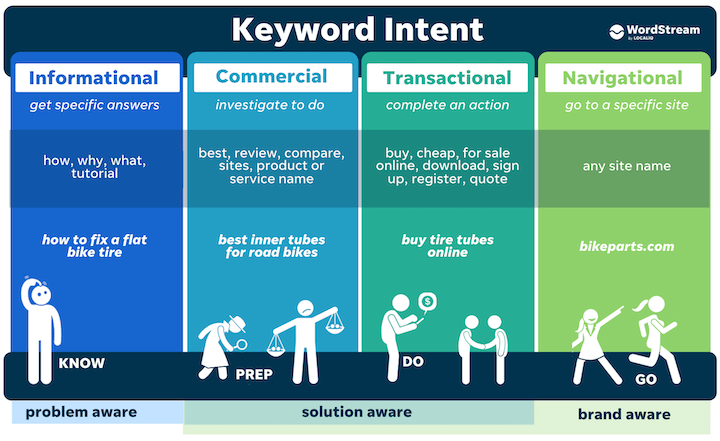
Google’s continued “simplification” of paid advertising
This reason was mentioned in the report. It’s possible that as economic pressures increase in addition to an overwhelming volume of options, users are choosing to do more research before making a purchase or signing up for a sales demo. They know they have options, and they want to explore them all—which leads to them clicking through on many ads but not converting. And we can see this with the increase in CTR across the board.
Performance Max
There are a lot of variables that contribute to industry-wide averages on nearly any metric. With economic uncertainty, changing consumer behavior, and Google’s rapidly changing ad platform, it is hard to identify a smoking gun. But on an individual basis I believe it is entirely possible to improve CVR across your campaigns amidst all of these variables. Paid search is a complex ecosystem of intent and competition. CVR will improve for those who choose to focus on improving what they have and to do so in a methodical and strategic manner. To recap, here’s what you can do to improve your conversion rates:
That is the easy part. Next, you’ll want to ensure that the page is cleanly designed, easy to digest, and contains as little or as much information as the intent of the inquiry requires. If the call to action for your landing page is a rather big decision or there is inherently a great deal of friction with the type of offer you are running, more information is preferable to give the user the assurance that they need. If the offer is cut and dry, less information and a faster route to action is preferable.
Conversion rate is the percentage of users who click on your ad who then proceed to “convert”—to take the action that you want them to: submit a form, make a purchase, etc. Conversion rate differs from other what I call “surface-level metrics” because it encompasses the effectiveness of the ad copy, the intent of the search query, and the effectiveness of the landing page all in one.
Broadened match types
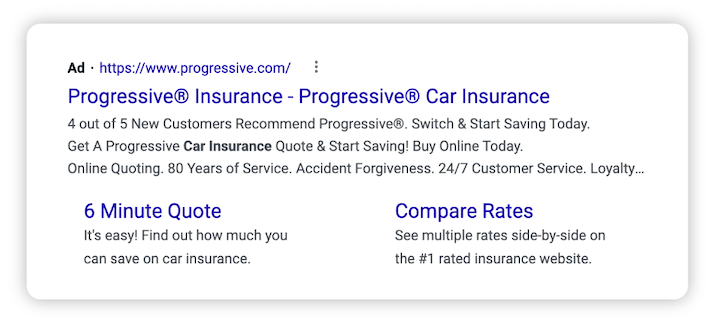
If you are not already aware, WordStream has released its 2022 Google Ads & Microsoft Ads Benchmarks for Every Industry and there are many fascinating takeaways from the report. One that I found particularly interesting was that average conversion rate (CVR) has decreased across the board year over year for nearly every industry besides Arts & Entertainment.
Prioritizing keywords by intent is a good practice as you can focus solely on those specific terms and queries in order to guide the rest of your approach. If you have a search term that has very high intent, it may also be highly competitive. Your energy spent on optimizing the ads and landing pages for these keywords should help improve your conversion rate.
The “just trust us” mantra from Google has never sat right with me considering they are a company that thrives off of advertisers’ wasted spend.
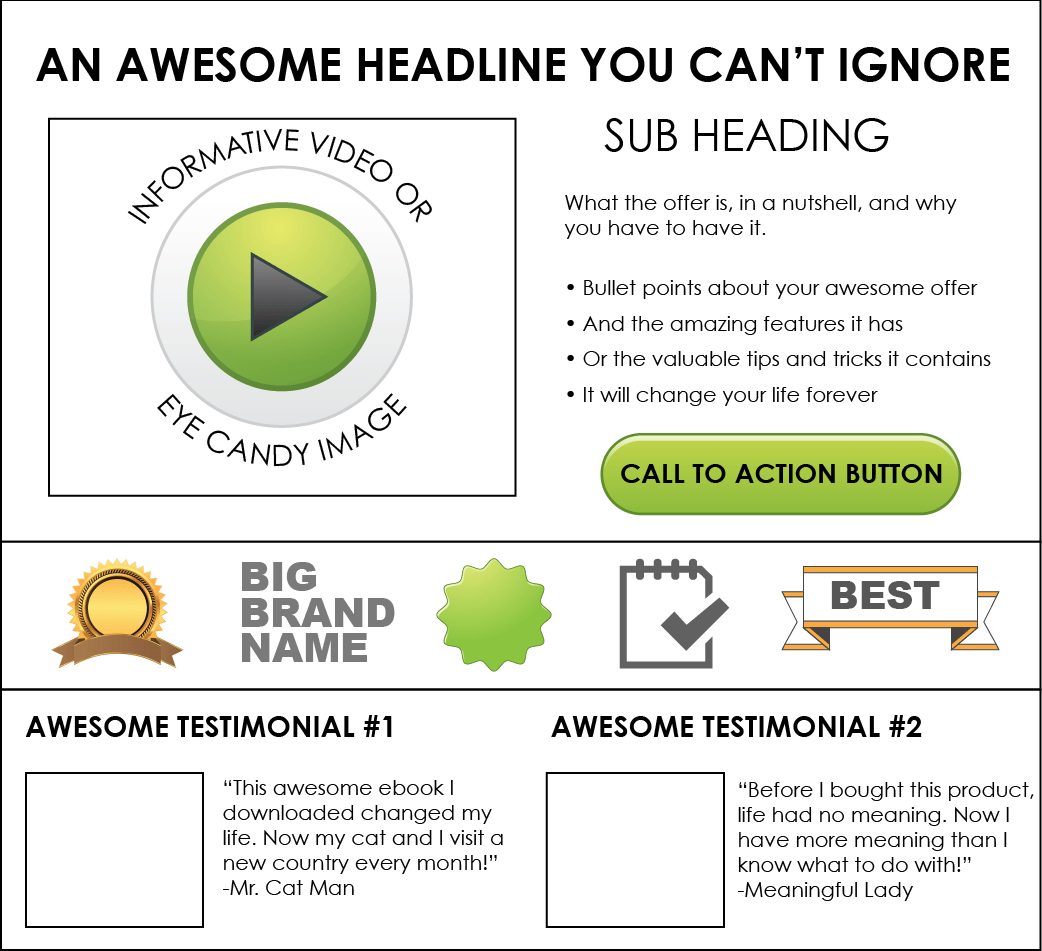
What you can do to improve your Google Ads conversion rate
My advice would be to monitor the search terms report to the best of your ability to add negative keywords and reduce the amount of potentially irrelevant queries from triggering your ads.
1. Optimize the customer journey, not just landing pages
Many folks focus on the landing page aspect of CVR, however I always look at it as the relationship between the intent, the ad, and the destination. If your ad is good but your landing page is bad, that will affect conversion rate. If your ad is good but the intent of the search query isn’t strong, this will also affect your CVR.
Another viable explanation for decreased CVR is low commercial/transactional intent. Commercial and transactional intent keywords are those a user types in when they’re looking to buy. For example, “best IT companies for small business” or “IT service consult.” These are the keywords search advertisers bid on, and it’s possible that commercial intent is overall lower as a whole. Going back to buyer behavior, there could just be an overall trend of users not looking to buy overall given a variety of potential factors.
2. Consider more top-of-funnel offers
Landing pages are effective when optimizing for the intent of the user who searched and clicked on the ad to get them to take action quickly. Someone with either many options (several players in an industry) or increased cautiousness with purchasing decisions will need more time. This mindset is rather antithetical to many landing page best practices. It may not be that the ad or landing page did not convince the user to convert, but possibly that it made them explore your website for more information, look at competitors, and make a more elongated decision.
Limited search term visibility
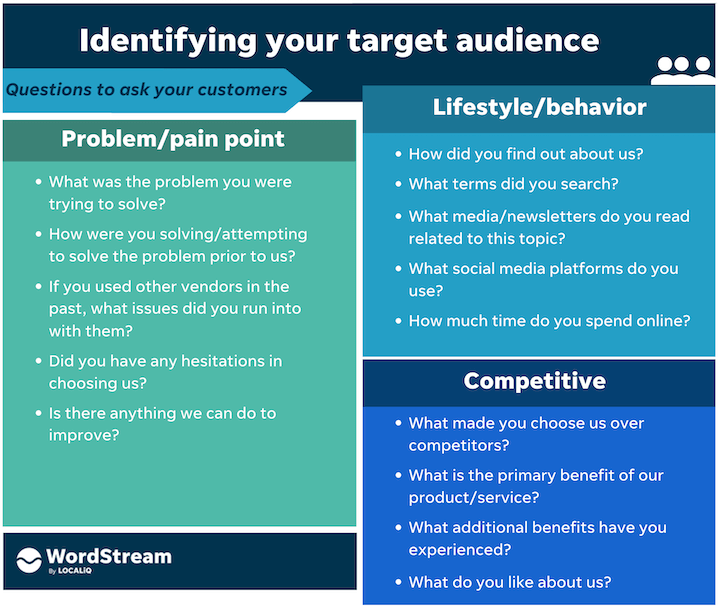
3. Prioritize keywords by intent
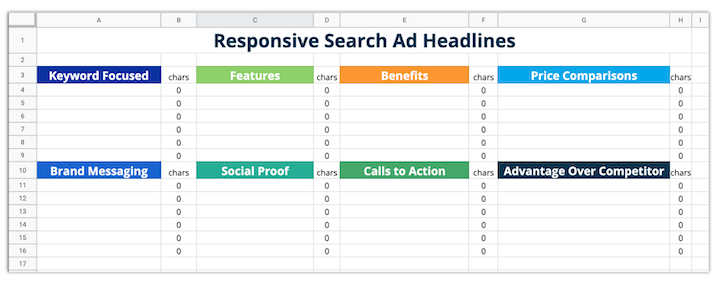
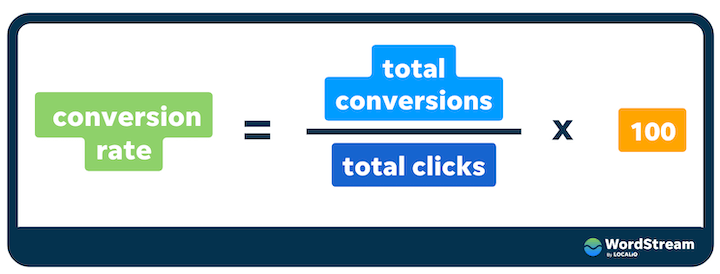
Fully utilizing automated bid strategies like Max Conversions, Target CPA, and TROAS can make a massive difference in the performance of your ads and landing pages as Google uses its machine learning to align with the goal of the bid strategy. This is important because will selectively serve your ads to users it believes have a higher propensity to convert and within the costs that you specify.
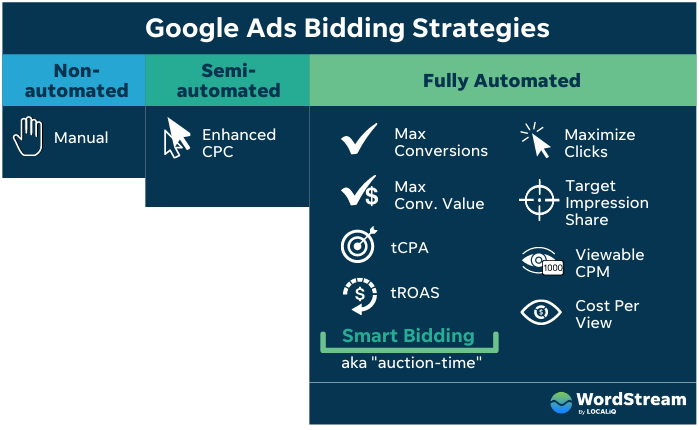
4. Have multiple ad copy variations
Conversion rate is a vital metric in the success (or failure) of your paid search efforts. What exactly is causing this decline and what can you do to ensure that your search ads continue to improve within every metric? In this post I’ll discuss some possible explanations for the decline in conversion rate and what you can do about it.

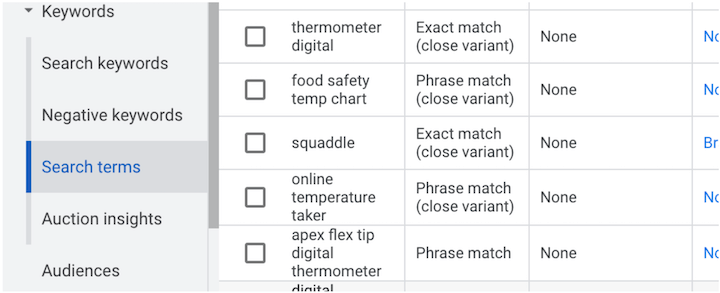
Google’s Responsive search ads give you a wide variety of flexibility in terms of headline and description variations that the machine learning optimizes for over time.
5. Optimize your landing pages
For help with your ad copy, check out our responsive search ad copy template. 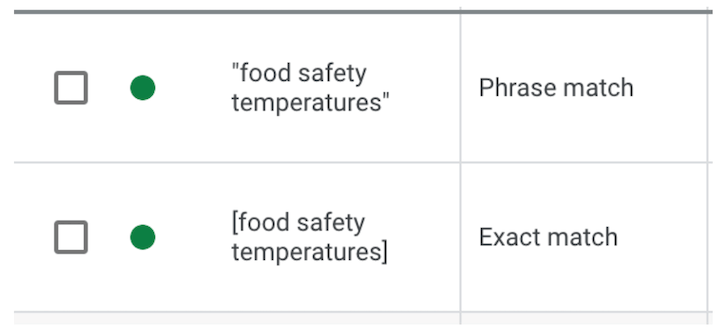
I am not providing an argument that Google is serving their customer’s ads to bots and dead users or junk digital real estate, but I believe that reducing the control that the advertiser used to have to finely tune the alignment of intent and product could possibly attribute to the general decrease in CVR.
6. Choose the right bidding strategies
Ad copy is one of the biggest needle movers when it comes to paid advertising as a whole. Slight changes in headlines and descriptions can go a long way with regard to click-through rate and overall ad performance. Having multiple compelling ad copy variations will allow you to find which language works best for each ad group. You should then be able to eliminate any variations that are underperforming from a CVR perspective.
Given the above, you may want to consider adding more top or mid-funnel offers to your PPC strategy, such as ebooks. Or you can support the increased focus on buyer research by offering comparison tools.
Take these steps to improve your conversion rate
The main focal point for most conversion rate optimization posts is typically the landing page. Although I stress the importance of the other variables in the equation, PPC landing page optimization is a critical component of advertising on any platform. You want to ensure that the copy and intent of the page aligns with both your ad copy and the intent of the keyword that you are targeting.
- Optimize the customer journey, not just your landing pages.
- Consider incorporating more top-of-funnel, lower-friction offers into your strategy.
- Prioritize keywords by intent.
- Have multiple ad copy variations.
- Optimize your landing pages.
- Choose the right bidding strategies.

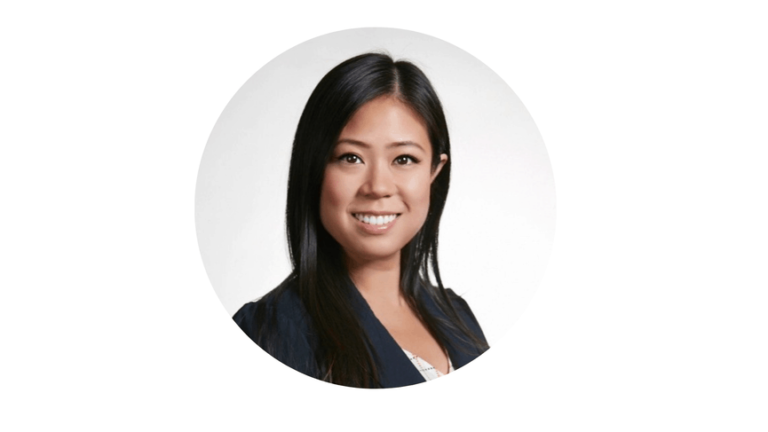

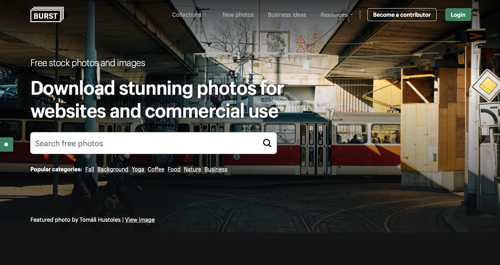
![Facebook Ad Specs and Image Sizes [2021]](https://research-institute.org/wp-content/uploads/2021/04/what-to-know-before-you-sell-your-small-business-768x432.png)

